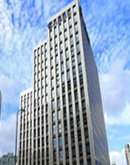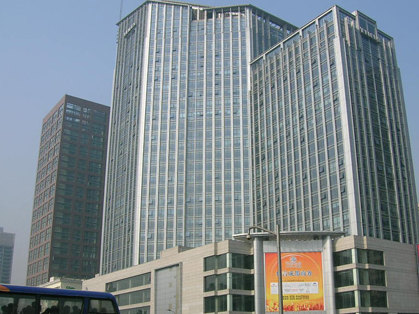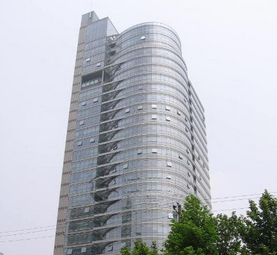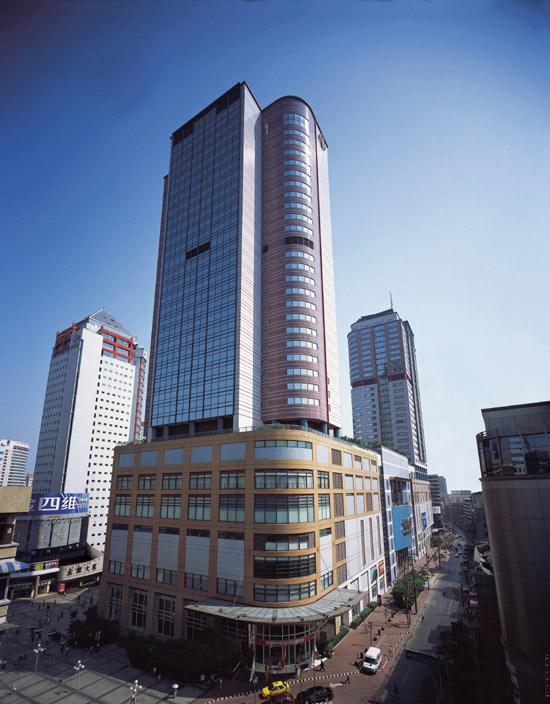Listen to part of a lecture in a geology class.
As we've discussed, Earth's crust is made up of large plates that rest on a mantle of molten rock.
These plates... uh... known as tectonic plates support the continents and oceans.
Over time, the tectonic plates move and shift, which moves the continents and the ocean floors too.
Once it was understood how these plates move, it was possible to determine past movements of Earth's continents and how these slow movements have reshaped Earth's features at different times.
Ok, Well, studying the movement of the plates can telll us about the location of the continents in the past, it can conceivably tell us about their location in the future too, right?
So, in recent years, some geologists have used plate tectonic theory to make what they call geopredictions.
Geopredictions are guesses about what Earth's surface might look like millions of years from now.
So, we know how certain continents are currently moving.
For example, the continents of Africa has been creeping north toward Europe.
And Australia has been making its way north too, toward Asia.
Does anyone know what's happening to the Americas?
I... I think we've talked about that before. Lisa?
They are moving westward away from Europe and Africa. Right?
Right. And what makes us think that?
The Atlantic Ocean floor is spreading and getting wider, so there is more ocean between the Americas and Europe and Africa.
Ok, And why is it spreading?
Well, the seafloor is split.
There is a ridge, a mountain range that runs north and south there.
And new rock material flows up from Earth's interior here, at the split, which forces the two sides of the ocean floor to spread apart, to make room for the new rock material.
Good. And that means, over the short term, uh... and by short term I mean 50 million years, that's a blink of the eye in geological time.
Um... over the short term, we can predict that the Americas will continue to move westward, father away from Europe, while Africa and Australia will continue to move northward.
But what about over the long term, say 250 million years or more?
Well, over that length of time, forecasts become more uncertain.
But lots of geologists predict that eventually all the continents, including the Antarctica, will merge and become one giant land mass, a super continent, one researchers calling Pangaea Ultima, which more or less means the last super continent.
Now, how that might happen is open to some debate.
Some geologist believe that the Americas will continue to move westward and eventually merge with East Asia.
This hypothesis is based on the direction the Americas are moving in now.
But others hypothesize that a new super continent will form in a different way.
They think that a new subduction zone will might occur at the western edge of the Atlantic Ocean.
Paul, can you remind us what a subduction zone is?
Yeah... Um... basically, a subduction zone is where two tectonic plates collide.
So if an ocean floor tectonic plate meets the edge of a continent and they push against each other, the heavier one sinks down and goes under the other one.
So the...um... the oceanic plate is made of denser and heavier rock, so it begins to sink down under the continental plate and into the mantle.
Right. So the ocean floor would kind of slide under the edge of the continent.
And once the ocean plate begins to sink, it would be affected by another force - slab pull.
Slab pull happens at the subduction zone.
So to continue our example.... as the ocean floor plate begins to sink down into the mantle, it would drag or pull the entire plate along with it.
So more and more of this plate, the ocean floor, would go down under the continent into the mantle. OK?
So, as I said, currently the Atlantic Ocean floor is spreading, getting wider, but some researchers speculate that eventually a subduction zone will occur where the oceanic plate meets the continental plate of the Americas.
If that happens, slab pull could draw the oceanic crust under the continent, actually causing the Americas to move eastward toward Europe and the ocean floor to get smaller.
That is, the Atlantic Ocean would start to close up, narrowing the distance between the eastern edge of the Americas and Europe and Africa.
So they form a single super continent.

















 分享成功
分享成功

















草莓小菇凉:说的非常好,十分有道理,棒棒棒!
06-08 15:44:55